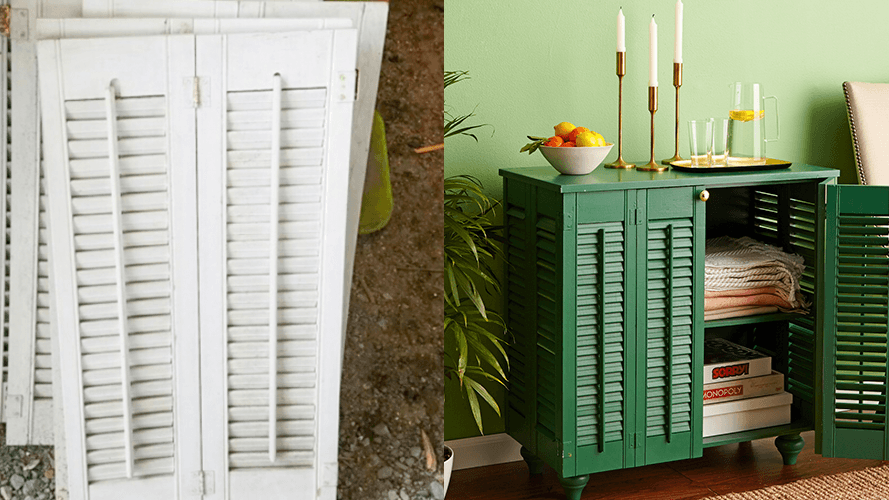The kitchen, often considered the heart of the home, is a space where functionality and efficiency are paramount. Whether you’re a seasoned chef or a casual cook, a well-organized kitchen can significantly enhance your culinary experience, reduce stress, and save valuable time. From decluttering countertops to optimizing pantry and drawer space, implementing smart organization hacks can transform any kitchen, regardless of its size or layout, into a highly efficient and enjoyable environment.
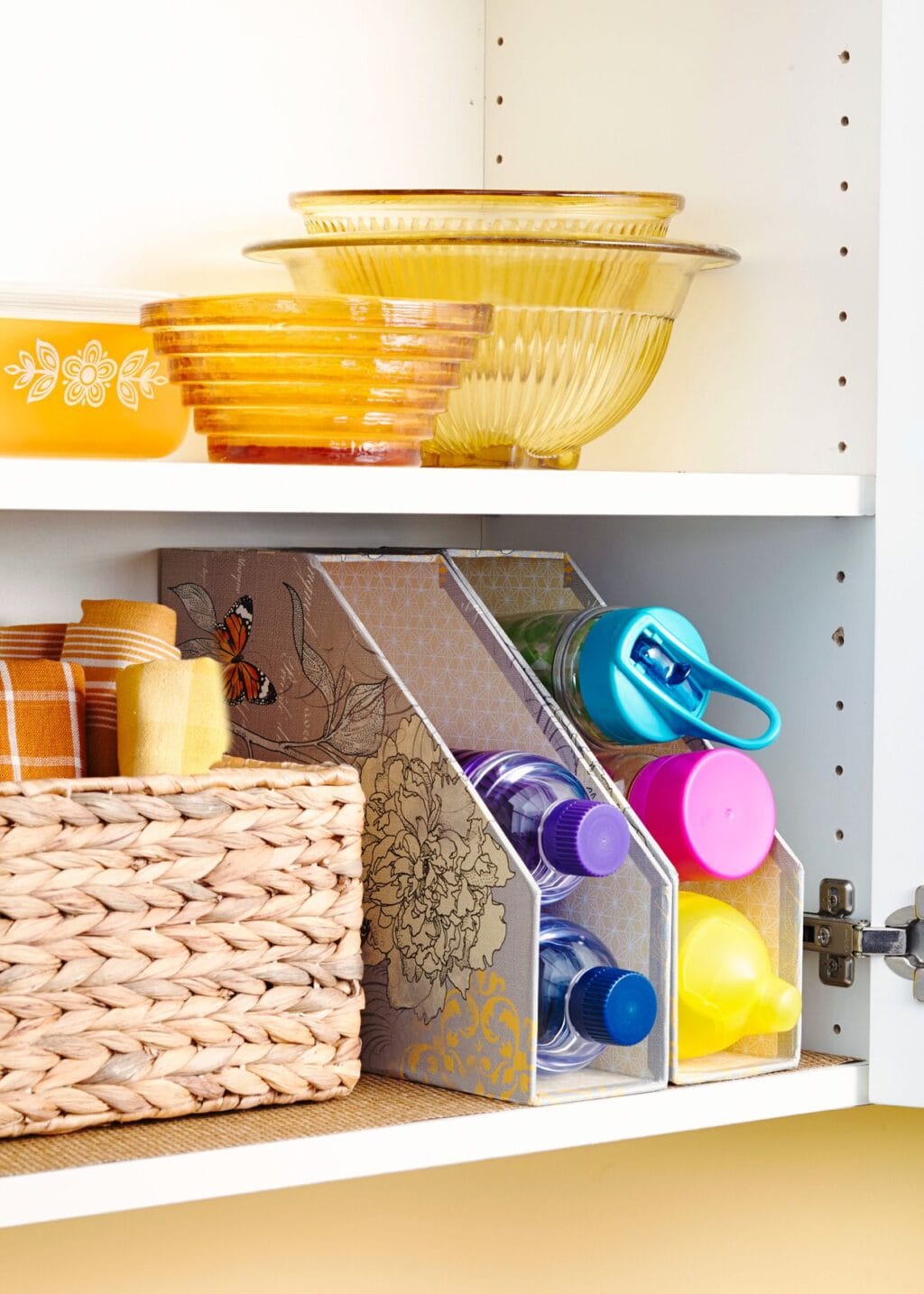
Effective kitchen organization goes beyond mere tidiness; it’s about creating a system that supports your cooking habits, minimizes wasted effort, and ensures that every item has a designated place. This approach not only makes your kitchen look cleaner and more inviting but also streamlines meal preparation, making cooking a more pleasant and less chaotic activity. A disorganized kitchen, on the other hand, can lead to frustration, wasted food, and a general sense of overwhelm.
The benefits of a well-organized kitchen extend to various aspects of daily life. It can help you save money by reducing impulse purchases and food waste, as you’ll have a clear overview of what you already have. It can also improve food safety by ensuring proper storage and preventing cross-contamination. Furthermore, a functional kitchen can be a source of pride and joy, making it a more appealing space for entertaining and family gatherings.
This comprehensive guide will delve into practical strategies and clever hacks for decluttering, optimizing storage, and enhancing the overall efficiency of your kitchen. We’ll explore solutions for every area, from the pantry to the drawers, and provide actionable tips that can be adapted to any kitchen size or style. By implementing these organization hacks, you’ll not only maximize your kitchen’s potential but also create a more harmonious and productive culinary sanctuary.
The Foundation: Decluttering and Purging
Before you can effectively organize your kitchen, it’s crucial to declutter and purge unnecessary items. This initial step is often the most challenging but also the most rewarding, as it creates a clean slate for implementing new organizational systems. Think of it as a detox for your kitchen, removing anything that doesn’t serve a purpose or bring you joy.
Start by emptying cabinets, drawers, and pantry shelves one by one. This allows you to see everything you own and assess its relevance. As you go through each item, ask yourself these critical questions:
•Do I use this regularly? If an item hasn’t been used in the past year, consider letting it go. Exceptions can be made for seasonal items or special occasion serveware.
•Do I have duplicates? Many kitchens accumulate multiple spatulas, whisks, or sets of measuring cups. Keep only the best and most functional ones.
•Is it broken or damaged? Repair or discard anything that’s no longer in good working condition.
•Does it belong in the kitchen? Often, items from other rooms migrate to the kitchen. Return them to their rightful place.
•Is it expired or stale? Check expiration dates on food items, spices, and condiments. Discard anything past its prime.
Create three piles: Keep, Donate/Sell, and Discard. Be ruthless in your decisions; the less you have, the easier it will be to organize and maintain. For items you’re unsure about, consider a
“maybe” box” that you revisit in a few months. If you haven’t used the items by then, it’s a clear sign they can go.
Once you’ve decluttered, give your empty cabinets and drawers a thorough cleaning. This provides a fresh start and ensures a hygienic environment for your organized items.
Pantry Organization: A System for Every Snack and Spice
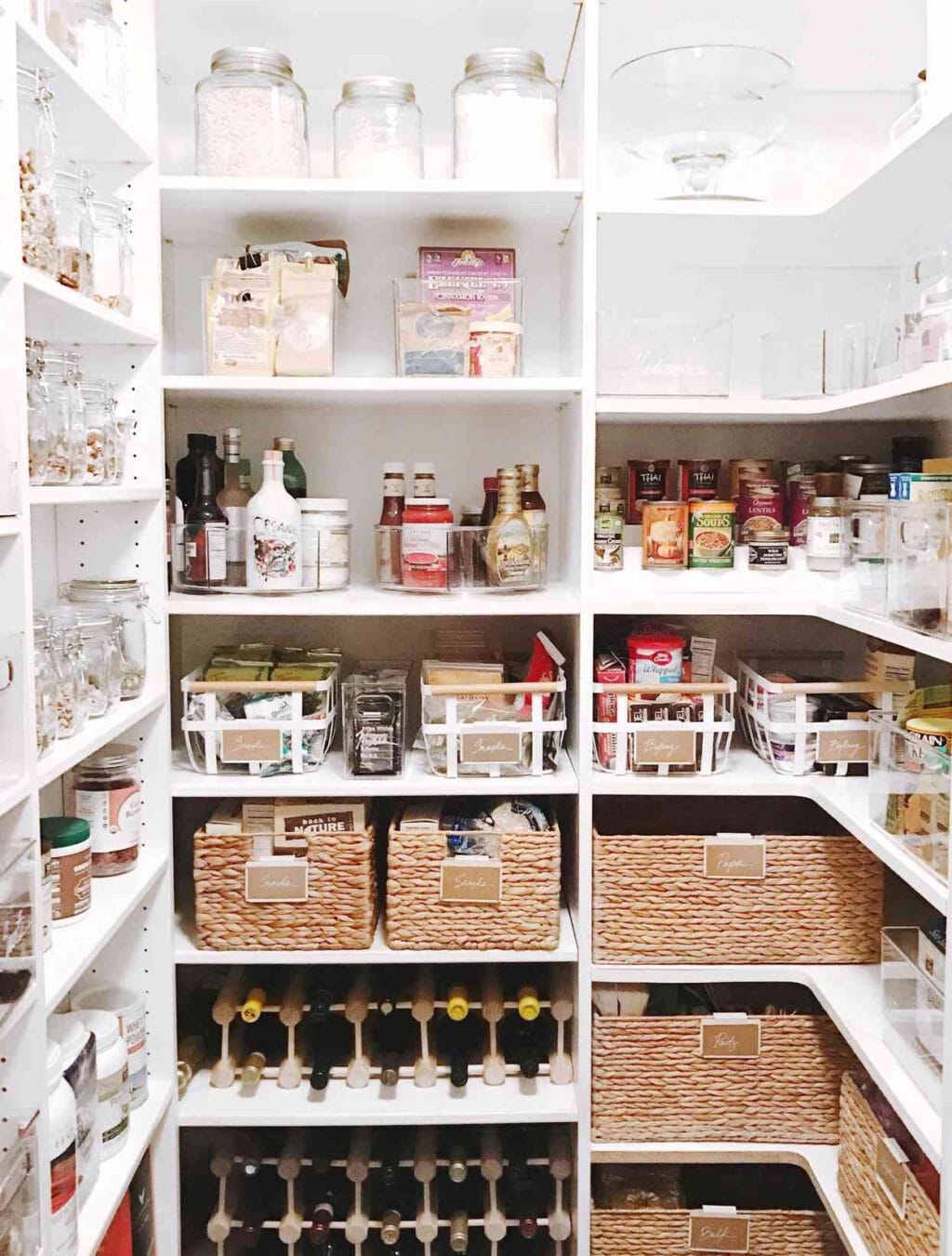
The pantry is often the busiest and most challenging area to keep organized in a kitchen. A well-organized pantry not only makes meal prep easier but also prevents food waste by ensuring you can see everything you have. The key to pantry success lies in categorizing, containing, and labeling.
1. Categorize Everything: Before you start buying containers, group similar items together. Common categories include:
•Baking Supplies: Flours, sugars, baking soda, chocolate chips, sprinkles.
•Grains & Pasta: Rice, quinoa, various pasta shapes.
•Canned Goods: Soups, vegetables, beans, tomatoes.
•Snacks: Granola bars, chips, crackers, nuts.
•Spices & Seasonings: Group by cuisine or frequency of use.
•Breakfast Items: Cereals, oatmeal, pancake mix.
•Condiments & Sauces: Ketchup, mustard, soy sauce, oils, vinegars.
•Beverages: Teas, coffee, juice boxes.
2. Invest in Smart Storage Containers: Containers are your best friends in the pantry. They create visual uniformity, prevent spills, and make it easy to see what you have. Consider a mix of:
•Airtight Containers: Ideal for dry goods like flour, sugar, pasta, cereals, and snacks. They keep food fresh longer and protect against pests. Opt for clear containers so you can easily identify contents.
•Baskets & Bins: Perfect for corralling oddly shaped items, bags of snacks, or grouping smaller items together. Wicker, wire, or plastic bins can add aesthetic appeal while providing practical storage.
•Turntables (Lazy Susans): Excellent for spices, oils, condiments, or small jars. They allow easy access to items at the back of the cabinet or corner pantry.
•Tiered Risers: Maximize vertical space for canned goods or spices, allowing you to see items on lower shelves without having to move everything.
3. Label, Label, Label:
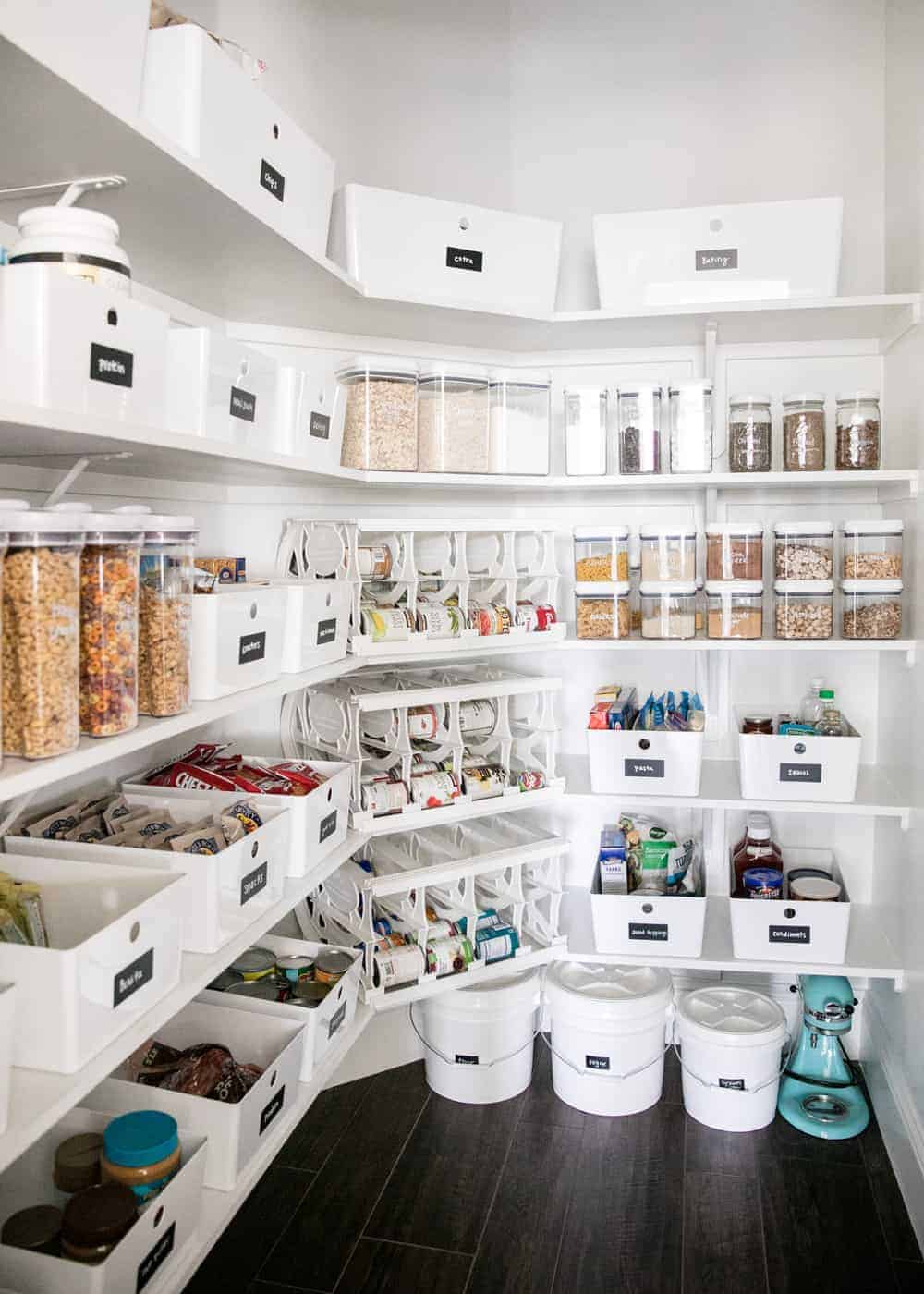
Once items are in containers, label them clearly. This is crucial for maintaining organization and quickly finding what you need. Include the item name and, for dry goods, the expiration date. You can use a label maker, chalkboard labels, or even simple masking tape and a marker.
**4. Implement a
First-In, First-Out (FIFO) System:** When restocking, place new items behind older ones. This ensures that older products are used first, reducing food waste and ensuring freshness.
5. Utilize Vertical Space: Don’t let vertical space go to waste. Use stackable containers, shelf risers, and over-the-door organizers to maximize storage capacity in tall pantries or cabinets.
6. Zone Your Pantry: Assign specific zones for different categories of food. For example, frequently used items should be at eye level, while bulkier or less frequently used items can go on higher or lower shelves.
Cabinet and Drawer Optimization: Every Inch Counts
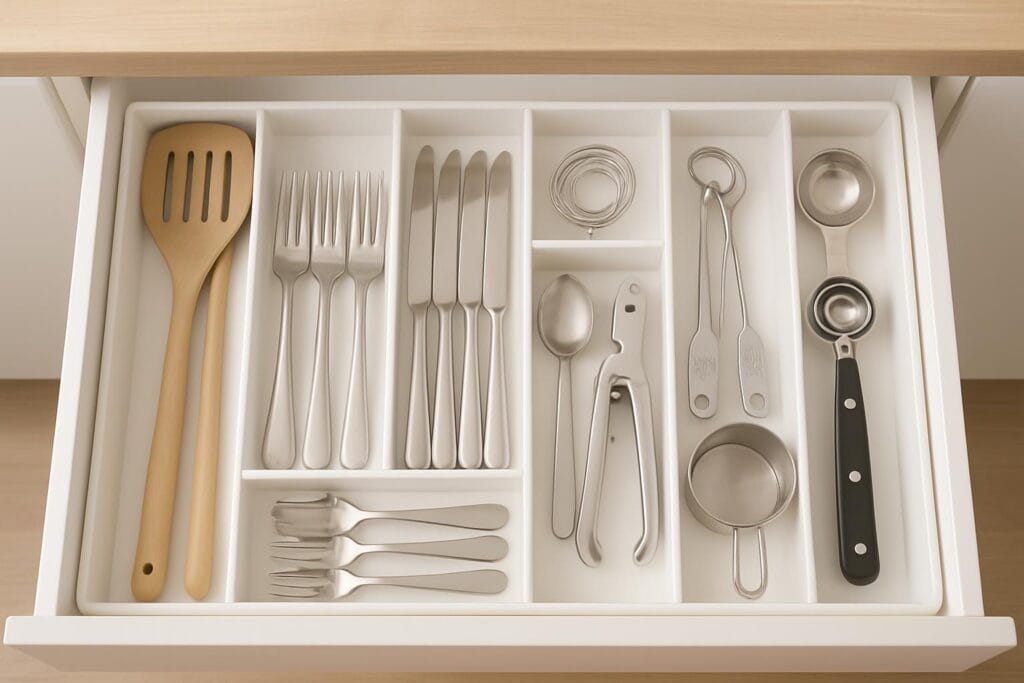
Cabinets and drawers are prime real estate in any kitchen. Optimizing their space and functionality is key to a streamlined cooking process. The goal is to make every item easily accessible and visible, eliminating the need to rummage through cluttered spaces.
1. Declutter Before Organizing: Just like the pantry, start by emptying each cabinet and drawer. Discard or relocate anything that doesn’t belong or isn’t used regularly. Wipe down the interiors before putting items back.
2. Implement Drawer Dividers and Organizers: Drawers can quickly become a chaotic mess of utensils, gadgets, and odds and ends. Drawer dividers are a game-changer for keeping things in their place. You can find adjustable dividers, custom-fit inserts, or even DIY solutions using small boxes or bamboo trays. Group similar items together: one section for spatulas, another for whisks, a third for measuring spoons, etc.
3. Maximize Cabinet Space with Pull-Outs and Risers:
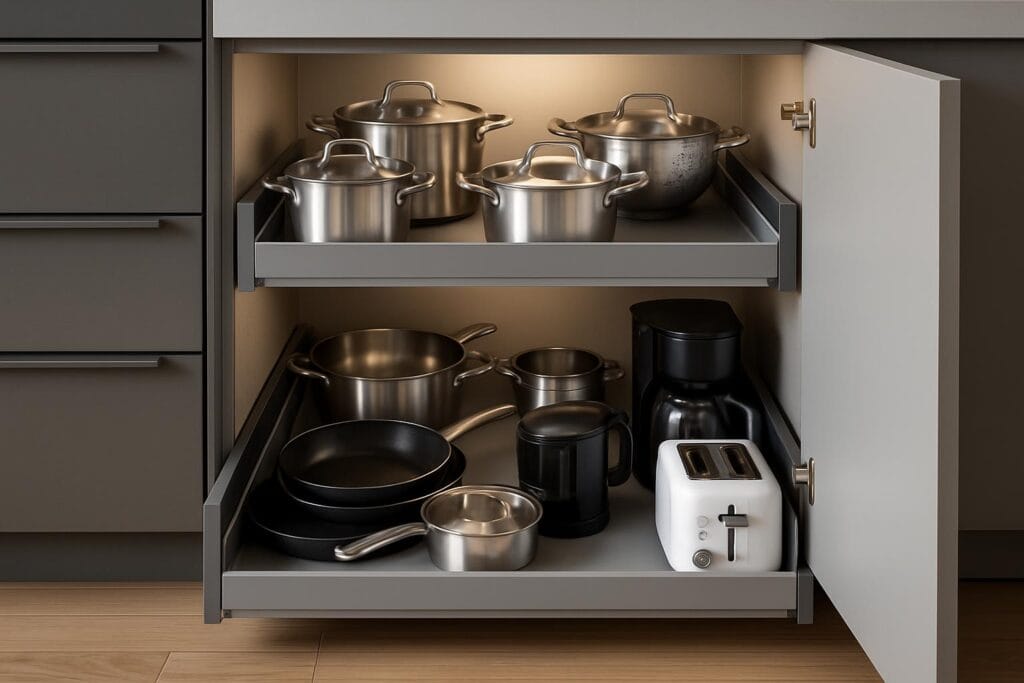
Deep cabinets, especially lower ones, can be black holes for pots, pans, and small appliances. Invest in pull-out shelves or drawers to bring items to you, eliminating the need to bend down and dig. For upper cabinets, shelf risers or stackable shelves can double your storage capacity, allowing you to store plates, bowls, or glasses on two levels instead of one.
4. Vertical Storage for Pans and Lids: Instead of stacking pots and pans, which makes it difficult to retrieve the bottom ones, use vertical organizers. These allow you to store pans, lids, and even cutting boards upright, making them easily accessible. Tension rods can also be used to create vertical dividers within cabinets.
5. Utilize Cabinet Doors: Don’t overlook the inside of cabinet doors. These are perfect for mounting spice racks, small shelves for cleaning supplies, or even hooks for measuring cups and spoons. Over-the-door organizers can also be used for foil, plastic wrap, or garbage bags.
6. Corner Cabinet Solutions: Corner cabinets are notorious for being awkward and underutilized. Consider installing a Lazy Susan or pull-out kidney-shaped shelves to make the most of these deep, often hard-to-reach spaces. These solutions bring items from the back of the cabinet to the front with a simple spin or pull.
7. Under-Sink Organization: The area under the sink often becomes a dumping ground for cleaning supplies. Use stackable bins, small drawers, or a tiered organizer to keep cleaning products, sponges, and dish soap neatly contained. A tension rod can be installed to hang spray bottles, freeing up shelf space.
Smart Storage Solutions for Every Kitchen Size
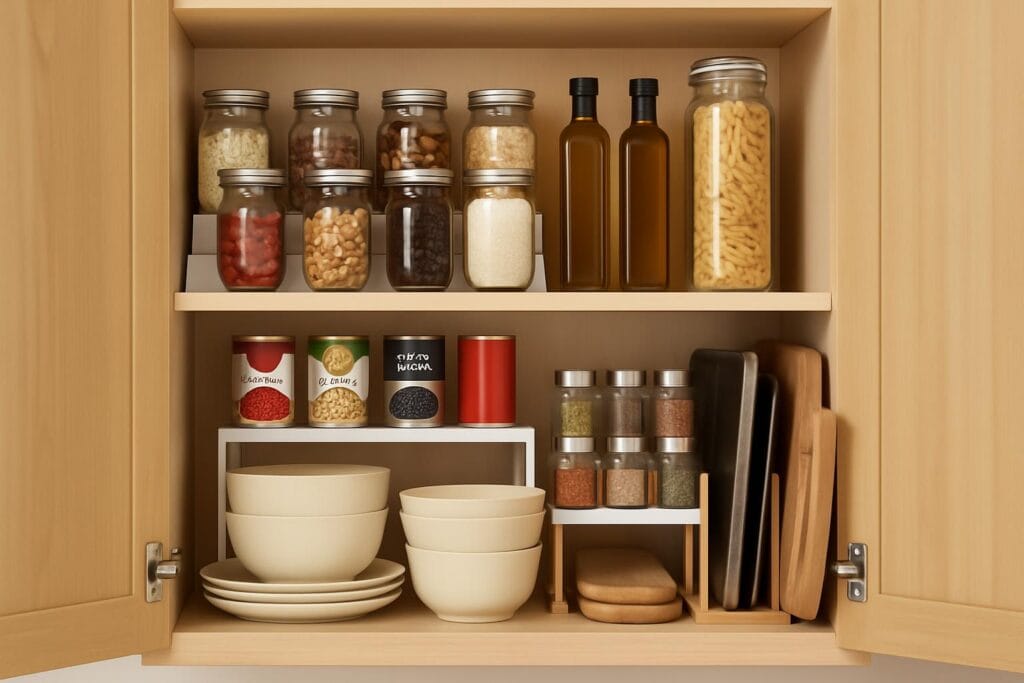
Regardless of whether you have a sprawling kitchen or a compact galley, smart storage solutions can make a significant difference in maximizing both space and efficiency. These hacks often involve thinking creatively about unused areas and investing in multi-functional items.
1. Wall-Mounted Storage: When counter and cabinet space are limited, look to your walls. Install open shelving for frequently used items, decorative dishes, or cookbooks. Magnetic knife strips keep knives safely stored and free up drawer space. Pegboards can be customized with hooks and shelves to hold pots, pans, utensils, or even small plants.
2. Rolling Carts and Islands: For kitchens lacking counter space or storage, a rolling cart or a small, mobile island can be a lifesaver. These multi-functional pieces can provide extra prep space, serve as a breakfast bar, and offer additional storage with shelves or drawers. They can be moved out of the way when not in use, making them ideal for small kitchens.
3. Over-the-Sink Solutions: An over-the-sink drying rack or cutting board can expand your workspace and keep wet items off the counter. Some models even come with built-in colanders or compartments for utensils.
4. Appliance Garages and Appliance Lifts: If you have a collection of small appliances (toasters, blenders, coffee makers), consider an appliance garage – a dedicated cabinet with a roll-up door that keeps them out of sight but easily accessible. For heavier appliances like stand mixers, an appliance lift can bring them up from a lower cabinet to counter height with ease.
5. Pantry Doors and Side of Refrigerator: Utilize the back of your pantry door for shallow shelves or clear pockets to store spices, small jars, or even cleaning supplies. Magnetic organizers can be attached to the side of your refrigerator for spices, notes, or frequently used small items.
6. Ceiling-Mounted Pot Racks: Free up cabinet space by hanging pots and pans from a ceiling-mounted rack. This not only provides convenient storage but also adds a touch of rustic charm to your kitchen decor. Ensure proper installation to support the weight.
7. Decluttering Countertops: While not a storage solution in itself, keeping countertops clear is crucial for efficiency. Only keep frequently used items on the counter. Store appliances you use daily in an easily accessible spot, but put away those used less often. Use decorative trays or bowls to corral small items and prevent clutter.
Maintaining Kitchen Organization: Habits for Long-Term Success
Organizing your kitchen is a significant undertaking, but maintaining that organization is an ongoing process that requires consistent habits. By incorporating a few simple routines into your daily life, you can ensure your kitchen remains a functional and efficient space for years to come.
1. The One-Minute Rule:** If a task takes less than a minute, do it immediately. This applies to wiping down counters, putting away a dish, or returning an item to its designated spot. This prevents small tasks from accumulating into overwhelming chores.
2. Daily Tidy-Up: Before going to bed, take 5-10 minutes to do a quick kitchen tidy-up. Load the dishwasher, wipe down surfaces, and put away any stray items. Waking up to a clean kitchen sets a positive tone for the day.
3. Regular Purge: Schedule a quick pantry and refrigerator purge once a week or every two weeks. Check expiration dates, discard spoiled food, and make a note of items that are running low. This prevents accumulation and ensures freshness.
4. Designate a “Landing Zone”: Create a designated spot for items that come into the kitchen but don’t immediately have a home (e.g., mail, keys, school papers). Process these items regularly to prevent clutter from spreading.
5. Involve the Whole Family: Teach everyone in the household about the organizational system and encourage them to participate in maintaining it. When everyone contributes, the burden is lighter, and the system is more likely to succeed.
6. Adjust as Needed: Your kitchen organization system isn’t set in stone. As your cooking habits, family needs, or kitchen inventory change, be prepared to adjust your system. What works today might not work perfectly six months from now. Flexibility is key to long-term success.
7. Don’t Overbuy: Resist the urge to buy in bulk if you don’t have adequate storage space or if items will expire before you can use them. A well-organized kitchen starts with mindful purchasing habits.
Frequently Asked Questions
How do I start organizing my kitchen if it’s completely overwhelmed?
Start small. Pick one drawer or one cabinet and completely empty it. Declutter, clean, and then organize just that one space. The success in that small area will motivate you to tackle the next. Don’t try to do everything at once.
What are the most essential kitchen organization products?
Airtight food storage containers for pantry staples, drawer dividers for utensils, stackable shelves or risers for cabinets, and clear bins or baskets for grouping items are highly recommended. Turntables (Lazy Susans) are also incredibly useful for corners and deep cabinets.
How can I organize my pantry on a tight budget?
You don’t need expensive containers. Reuse glass jars from pasta sauce or pickles, use shoeboxes or other sturdy cardboard boxes as drawer dividers or shelf bins, and utilize tension rods for vertical storage. Focus on decluttering and categorizing first, as that’s free.
My kitchen is tiny. How can I maximize space?
Utilize vertical space with wall-mounted shelves, magnetic knife strips, and pegboards. Consider a rolling cart for extra counter space and storage. Declutter aggressively, and invest in multi-functional items like cutting boards that fit over the sink or nesting bowls.
How do I keep my spices organized and accessible?
Use a tiered spice rack in a cabinet or drawer, a magnetic spice rack on the side of the fridge, or a turntable (Lazy Susan) for easy access. Transfer spices to uniform jars for a cohesive look and easier labeling.
What’s the best way to store pots and pans?
Use vertical organizers in cabinets to store pans and lids upright. Consider a pull-out drawer system for deep cabinets. Ceiling-mounted pot racks can also free up cabinet space and add a decorative touch.
How do I deal with small appliances that take up too much counter space?
Store frequently used appliances in an easily accessible cabinet or pantry. For less frequently used items, consider an appliance garage or a dedicated storage area in a utility closet. Only keep what you use daily on the counter.
How often should I declutter my kitchen?
A quick weekly purge of the fridge and pantry is ideal. A more thorough decluttering of cabinets and drawers can be done seasonally or bi-annually. Consistent daily tidy-ups will reduce the need for major overhauls.
Can I organize my kitchen without buying anything new?
Absolutely! Start by decluttering and creating categories. Use existing containers, boxes, and jars. Rearrange items to optimize flow. The goal is to create a system that works for you, not to fill your kitchen with new products.
What’s the biggest mistake people make when organizing their kitchen?
The biggest mistake is trying to organize without decluttering first. You’ll just be organizing clutter. Another common mistake is buying too many organization products before assessing your actual needs and the items you truly want to keep.
How can I make my kitchen more efficient for cooking?
Organize your kitchen into zones: a prep zone, cooking zone, and cleaning zone. Store items where they are used most often. Keep frequently used tools and ingredients within easy reach. A well-organized kitchen reduces unnecessary movement and makes cooking a joy.
What are some creative ways to store food wraps and bags?
Use magazine holders mounted inside pantry doors for foil, plastic wrap, and parchment paper boxes. Over-the-door organizers with pockets can hold plastic bags or reusable shopping bags. Dedicated drawer organizers are also available for these items.




